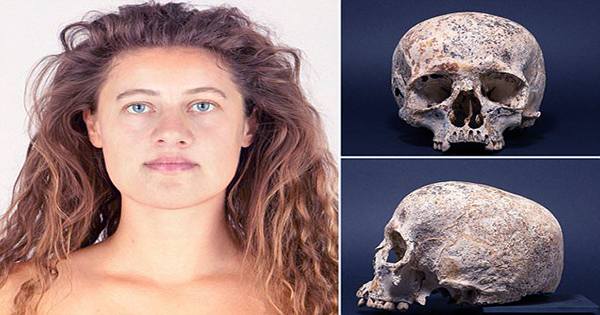New DNA research has provided insight into the massive cultural shifts that occurred during the Bronze Age in the Eastern Mediterranean. Meanwhile, a companion digital reconstruction effort is revealing the faces of those who lived throughout this period. Researchers from the Autonomous University of Barcelona and the Max Planck Institutes for the Science of Human History and Evolutionary Anthropology examined the DNA of 136 ancient people who lived in southern Iberia, modern-day Spain, and Portugal between 3,000 and 1,500 BCE, as reported in the journal Science Advances this week.
This portion of the world witnessed a dramatic social and political transformation around 2,200 BCE, moving from a Copper Age to a Bronze Age civilisation. The “El Argar” civilizations, one of the earliest state-level societies on the European continent, was one of the most notable cultures to develop at this period. They were recognized for their sprawling villages, distinctive ceramics, unique weaponry, and beautiful bronze, silver, and gold objects.
Along with the cultural transformation, there occurred a dynamic movement in the population’s genetic make-up. The individuals of the El Argar culture have substantial genetic ties to the “steppe-related heritage” observed in people from Central Europe, according to the latest study. Other civilizations in the region at the period, such as the local Chalcolithic Neolithic farmer community, on the other hand, did not have this connection to Central Europe.
“We were surprised to see that all prehistoric individuals from the El Argar period carried a portion of this ancestry, while the Chalcolithic individuals did not,” Wolfgang Haak, senior study author and principal investigator of the study from the Max Planck Institutes for the Science of Human History, said. Joana Bruno, a doctorate student at the Autonomous University of Barcelona, created computerized face reconstructions of persons buried at La Almoloya, an important town of the El Argar civilization, which has yet to publish in a publication.
Significantly, the DNA investigation discovered that males had more linkages to “steppe-related ancestry,” whereas females were mostly drawn from the local heritage. The males of the El Argar tribe were likewise buried alongside a large number of relatives, although the females had far less, Females possessed considerable authority and prestige in El Argar society, as evidenced by the fact that they were regularly buried beside beautiful power jewelry, such as one who was buried with a silver crown. According to Dr. Rihuete-Herrada, a co-author of the DNA study, there might be a number of causes for this tendency. Local towns may have sent their girls to marry and build alliances with this new group of alien people, according to one theory.
It is unknown what caused this huge movement and genetic change within the population, regardless of the particular socioeconomic dynamics. Many causes believed to have contributed to the shift, but it has thought to link to some sort of disaster, such as a pandemic or climate change, which has been observed in the eastern Mediterranean around this time.
“The million-dollar question is whether the genetic shift was caused by migrating groups from North and Central Iberia or by climatic deterioration in the eastern Mediterranean around 2200 BCE,” said Professor Roberto Risch, co-principal investigator and senior author from the Universitat Autnoma de Barcelona. “It would be naive to believe that everything can be explained by a single component.” While the temporal synchronicity is striking, various variables are likely to have had a role.”















